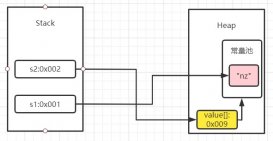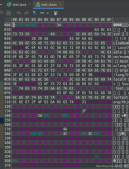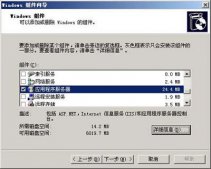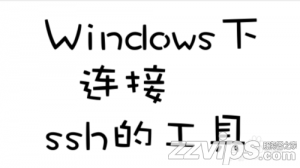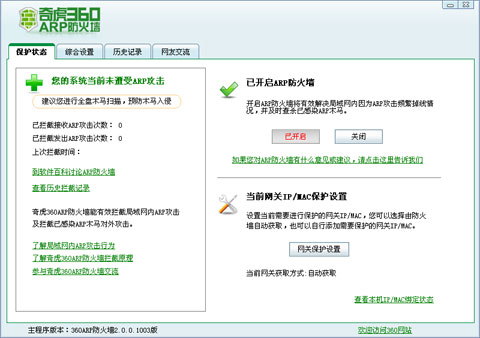前言
本文主要給大家介紹了關于mybatis注解映射SQL的相關內容,分享出來供大家參考學習,下面話不多說了,來一起看看詳細的介紹:
結果集分頁
有時我們需要處理海量數據,由于數據量太大,所以不能一次取出所有的數據,這時我們就需要使用分頁功能。mybatis通過RowBounds對象提供對分頁的支持,如下所示:
|
1
2
3
4
5
6
7
|
<select id="findAllStudents" resultMap="StudentResult"> select * from studdents</select>int offset=0;//開始位置int limit=25;//取出的數據條數RowBounds rowBounds=new RowBounds(offset,limit);List<Student> list=studentMapper.findAllStudent(rowBounds); |
結果處理器
有時我們需要對查詢結果做一些特殊的處理,這個時候就需要結果處理器,舉例如下,我們通過sql查詢學生的stud_id和name,并期望返回一個map,其中key是stud_id,value是name.
新建一個接口:
|
1
2
3
4
|
public interface ResultHandler{ void handleResult(ResultContext context);} |
主要處理流程:
|
1
2
3
4
5
6
7
8
9
|
Map<Integer , String> map=new HashMap<Integer,String>();SqlSession sqlSession=MyBatisUtil.openSession();sqlSession.select("com.mybatis3.mappers.StudentMapper.findAllStudents",new ResultHandler(){ public void handlerResult(ResultContext context) { Student student=(Student)context.getResultObject(); map.put(student.getStudId(),student.getName()); }}) |
緩存
緩存對于很多應用來說都是很重要的,因為它能提高系統的性能。mybatis內建了緩存支持,默認情況下,一級緩存是打開的,即如果你使用相同的sqlSession接口調用相同的select查詢,查詢結果從緩存中取得而不是去查詢數據庫。
也可以通過<cache>標簽配置二級緩存。當配置了二級緩存后,也就意味著所有的查詢結果都會被緩存,insert,update,delete語句會更新緩存,cache的緩存管理算法是LRU。除了內建的緩存之外,mybatis還整合了第三方緩存框架例如Ehcache等。
注解@Insert @Update @Select @ Delete
舉例說明注解的用法:
|
1
2
3
4
5
6
7
8
9
10
11
12
13
14
15
16
17
18
19
20
21
22
23
24
25
26
|
public interface StudentMapper{ @Insert("insert into student (stud_id, name, email, addr_id, phone)values(#{studId},#{name},#{email},#{address.addrId},#{phone})") int insertStudent(Student student);}public interface StudentMapper{ @Insert("insert into student (name,email,addr_id,phone)values(#{name},#{email},#{address.addrId},#{phone})") @Options(useGeneratedKeys=true,keyProperty="studId") int insertStudent(Student student);}public interface StudentMapper{ @Insert("insert into student (name,email,addr_id,phone)values(#{name},#{email},#{address.addrId},#{phone})") @SelectKey(statement="select stud_id_seq.nextval from dual",keyProperty="studId",resultType=int.calss,before=true) int insertStudent(Student student);}@Update("update students set name=#{name},email=#{email}")int updateStudent(Student student);@Delete("delete form students where stud_id=#{studId}") int deleteStudent(int studId)@Select("select name,email,phone from students where stud_id=#{studId}")Student findStudentById(Integer studId); |
結果注解
|
1
2
3
4
5
6
7
8
|
@Select("select name,email,phone from students where stud_id=#{studId}")@Results({ @Result(id=true,column="stud_id",property="studId"), @Result(column="name",property="name"), @Result(column="email",property="email"), @Result(column="phone",property="phone")})Student findStudentById(Integer studId); |
結果注解有一個缺點,就是在一個查詢方法前面都要寫一遍,不能重用。解決這個問題方案是:
定義一份結果映射文件如下所示:
|
1
2
3
4
5
6
7
8
|
<mapper namespace="com.mybatis3.mappers.StudentMapper"><resultMap type="Student" id="StudentResult">.......</resultMap>@Select("select name,email,phone from students where stud_id=#{studId}")@ResultMap("com.mybatis3.mappers.StudentMapper.StudentResult")Student findStudentById(Integer studId); |
動態Sql的注解
對于動態sql,mybatis提供了不同的注解,@InsertProvider @UpdateProvider @DeleteProvider @SelectProvider
用法如下所示:
首先創建一個provider類:
|
1
2
3
4
5
6
7
|
public class SqlProvider{ public String findTutorById(int tutorId) { return "select tutorId,name,email from tutors where tutorId="+tutorId; }} |
使用provider類:
|
1
2
|
@SelectProvider(type=SqlProvider.class,method="findTutorById")Tutor findTutorById(int tutorId); |
但是使用字符串連接創建sql語句容易出現問題,所以mybatis提供了一個SQL工具,簡化了構建動態Sql的方式;
如下所示:
|
1
2
3
4
5
6
7
8
9
10
11
|
public class SqlProvider{ public String findTutorById(int tutorId) { return new SQL(){{ SELECT("tutorid,name,email") FROM("tutors") WHERE("tutorid="+tutorId) }}.toString(); }} |
或者
|
1
2
3
4
5
6
7
8
9
10
11
|
public class SqlProvider{ public String findTutorById() { return new SQL(){{ SELECT("tutorid,name,email") FROM("tutors") WHERE("tutorid=#{tutorId}") }}.toString(); }} |
總結
以上就是這篇文章的全部內容了,希望本文的內容對大家的學習或者工作能帶來一定的幫助,如果有疑問大家可以留言交流,謝謝大家對服務器之家的支持。
原文鏈接:https://segmentfault.com/a/1190000010784360

